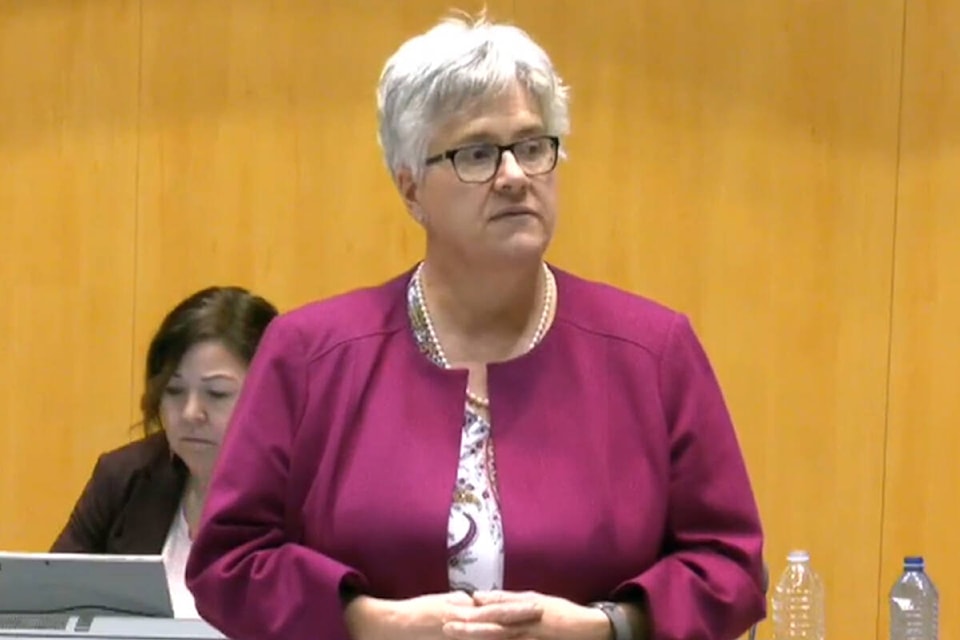The NWT’s health minister contends the territory has taken concrete steps to address its healthcare-staffing crisis following a statement from the union representing Stanton’s healthcare workers.
On Jan. 13, the Union of Northern Workers (UNW) issued a public statement responding to the recent outbreak of Covid-19 at Stanton Territorial Hospital, as well as the ongoing staffing crisis at the facility. The statement argued that since the beginning of the pandemic, the GNWT “[failed] to effectively recruit and retain qualified healthcare professionals.”
Local 11 of the UNW represents GNWT employees at Stanton.
“Recruitment and retention of health care workers is complex and requires a dedicated and multifaceted approach by all involved,” reads a responding statement attributed to Health and Social Services Minister Julie Green.
Green acknowledged policies and practices regarding workload, time off and compensation were the main causes of the staff shortage. Of the nine solutions for recruitment and retention highlighted in her statement, seven are still in some form of planning or consultation phase.
These include: A review of Stanton’s leave policies, projected to be completed by the end of the month; Working with Human Resources to identify new and competitive forms of compensation for workers; Creating a task force to address concerns about workload; A survey of current nursing staff; Developing specialized training programs for nurses with the British Columbia Institute of Technology; Drafting a new Health and Social Services Human Resources Plan; and exploring “market supplements” for positions that are hard to recruit for.
Green also said the NTHSSA had completed “some direct engagement” with staff, and was exploring ways for staff to more directly air their concerns with management in the future. She also highlighted the creation of a Health Recruitment Unit in December 2020 that was working to recruit new staff.
“Culture change takes time, and we are committed to doing it and doing it right to maximize our retention efforts,” Green said.
In addition to criticisms of the GNWT’s efforts to staff the hospital, the UNW letter said the GNWT had shown “poor management of the precious resources we do still have.”
In response, Green re-iterated in her statement the GNWT had met with the union and employees, and were exploring other options for employees to express their concerns.
“We are also looking to examine supports that are in place, and increase supports as needed for front line workers,” she said.
The UNW letter also stated the GNWT had yet to share “specific action plans or timelines with the Union.
Green responded, saying only that “the GNWT has engaged with the UNW on these matters as recently as December 2021 and will continue to do so.”
The UNW estimates it has about 420 members employed at Stanton.
